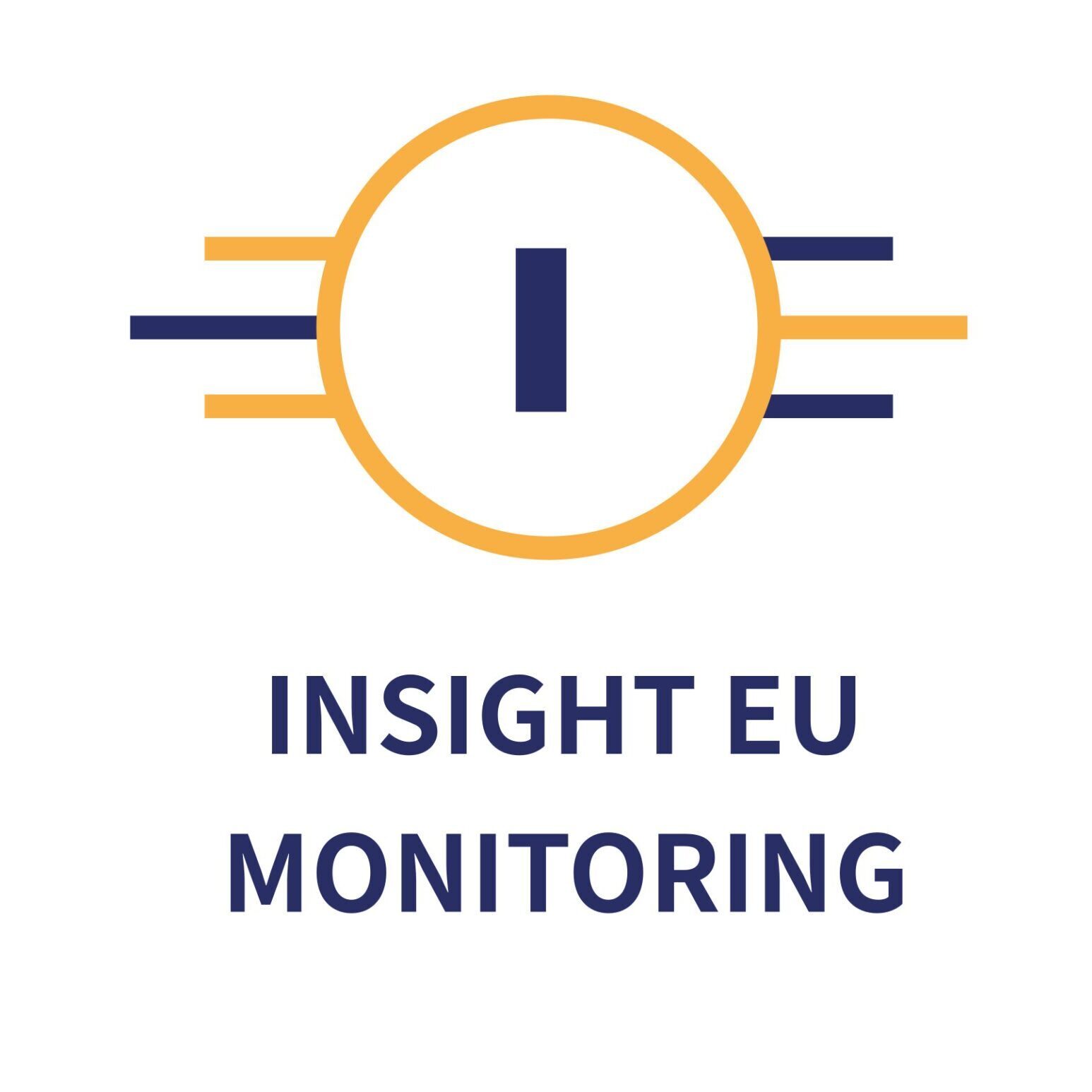Brussels, 26 September 2022
The Commission has published its fourth bi-annual report on the implementation and impact of SURE, the €100 billion instrument designed to protect jobs and incomes affected by the COVID-19 pandemic.
The report confirms and extends the findings of the three previous bi-annual reports, namely that SURE was successful in cushioning the impact of the pandemic and supporting the recovery in 2021. National labour market measures supported by SURE effectively protected around 1.5 million people from unemployment in 2020. The protection of employment was crucial to facilitate the rapid economic rebound in 2021, which was faster than in previous crises. SURE helped to enable this by financing schemes to allow firms to retain employees and skills, and to help the self-employed to be ready to resume their activities immediately, as well as by boosting confidence across the EU.
A total of €93.3 billion of financial assistance to 19 Member States was proposed by the Commission and granted by the Council by the cut-off date of the report (end August). Almost €92 billion has been disbursed so far. SURE can still provide a further €6.2 billion of financial assistance to Member States (including the recent decision on Bulgaria after the cut-off date). This amount is likely to decrease markedly by the end of 2022, since the Commission has recently proposed top-up support for Croatia and Lithuania and several other Member States expressed an interest in receiving additional financial assistance. SURE is available until 31 December 2022.
Main findings
SURE supported approximately 31.5 million people and 2.5 million firms in 2020. This represents almost one third of total employment and firms in the 19 beneficiary Member States. SMEs were the primary beneficiaries of SURE support. The most supported sectors were accommodation and food services, wholesale and retail trade, and manufacturing. SURE continued to protect employment in 2021, in particular in the first half of the year, when the pandemic continued to wreak havoc, supporting approximately 9 million people and over 800,000 firms.
Almost all of the total planned public expenditure under SURE has now taken place. Half of this has been allocated to short-time work schemes, with one third allocated to measures for the self-employed. Member States have saved an estimated €8.5 billion in interest payments by using SURE, thanks to the EU’s high credit rating.
Members of the College said
Valdis Dombrovskis, Executive Vice-President for an Economy that Works for People said:
“Today’s report again proves how successful the SURE scheme was in providing a lifeline for people and businesses during the COVID-19 pandemic. At a time of intense hardship, it made sure that millions of people could stay in jobs with an income. It kept large numbers of businesses afloat by helping them to retain employees and skills. As a short-time social safety net, it was instrumental for Member States to navigate through the lockdowns caused by the COVID-19 pandemic.”
Johannes Hahn, Commissioner for Budget and Administration, said:
“Back in 2020, SURE was at the heart of the Commission’s initial response to the coronavirus pandemic. It was also the EU’s first big issuance programme, which prepared the ground for the large scale NextGenerationEU borrowing. Almost two years after the debut of SURE on capital markets, it continues to create added value for millions of citizens and businesses cross Europe – a proof of its effectiveness!”
Nicolas Schmit, Commissioner for Jobs and Social Rights, said:
“This latest report is further proof that rapidly launching SURE in the midst of the pandemic was the right move. By helping Member States to finance short time work schemes and support the self-employed, SURE prevented an even deeper socio-economic crisis from unfolding and contributed to a stronger recovery.”
Paolo Gentiloni, Commissioner for Economy said:
“Weeks into the worst economic shock to hit Europe since the Second World War, the Commission came forward with a groundbreaking proposal to shield workers and firms from its potentially devastating effects. The numbers themselves tell the success story that is SURE: 31.5 million people and 2.5 million firms supported in 2020, a further 9 million people and 800,000 firms in 2021. On top of this, Member States saved €8.5 billion thanks to the low rates the EU pays to borrow on the markets. SURE is a glowing example of what we can achieve as a Union when we embrace courageous and innovative solutions in a crisis.”
Background
The Commission proposed the SURE Regulation on 2 April 2020, as part of the EU’s initial response to the pandemic. It was adopted by the Council on 19 May 2020 as a strong sign of European solidarity, and became available after all Member States signed the guarantee agreements on 22 September 2020. The first disbursement took place five weeks after SURE became available.
Today’s report is the fourth bi-annual report on SURE addressed to the Council, the European Parliament, the Economic and Financial Committee (EFC) and the Employment Committee (EMCO). Under Article 14 of the SURE Regulation, the Commission is legally required to issue such a report within 6 months of the day that the instrument became available. The first report was published on 22 March 2021, the second report on 22 September 2021 and the third report on 24 March 2022. A further SURE report will be published in 2023. The report goes beyond the minimal legal requirements, for example by providing economic evidence on the impact of the instrument.
The Commission is issuing social bonds to finance the SURE instrument and using the proceeds to provide back-to-back loans to beneficiary Member States. The report on SURE also provides the relevant reporting under the EU Social Bond Framework. Further information on these bonds, along with a full overview of the funds raised under each issuance and the beneficiary Member States, is available online here.
